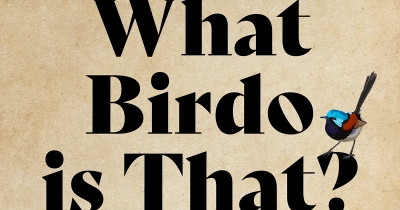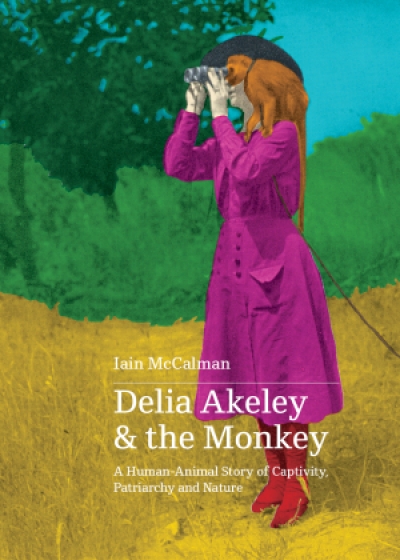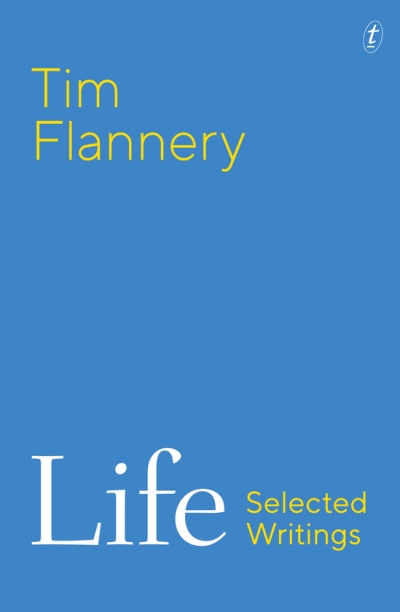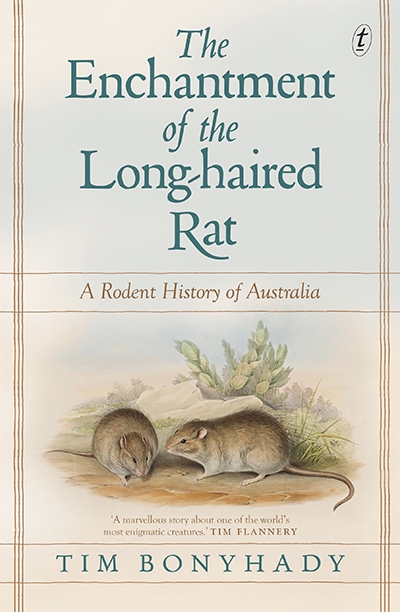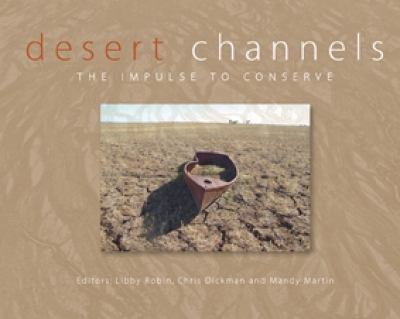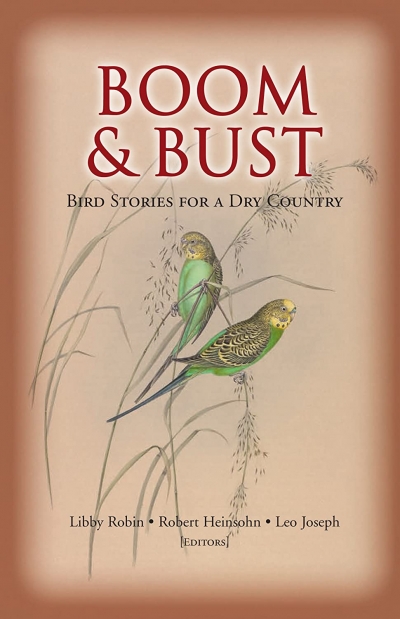Libby Robin
What Birdo is That?: A field guide to bird people by Libby Robin
by Peter Menkhorst •
Before environmental psychologist Glenn Albrecht gave us the language of solastalgia, Mandy Martin painted Depaysement (2003). Martin chose a different word that also explores a sort of longing for a home that was no longer there, a safe place that predated the environmental destruction that rendered home unrecognisable. ... (read more)
Delia Akeley and the Monkey: A human-animal story of captivity, patriarchy and nature by Iain McCalman
by Libby Robin •
The Anthropocene by Julia Adeney Thomas, Mark Williams, and Jan Zalasiewicz & Diary of a Young Naturalist by Dara McAnulty
by Libby Robin •
The Enchantment of the Long-haired Rat: A rodent history of Australia by Tim Bonyhady
by Libby Robin •
The Environment: A History of the Idea by Paul Warde, Libby Robin, and Sverker Sörlin
by James Dunk •
Desert Channels: The Impulse to Conserve by Libby Robin, Chris Dickman, and Mandy Martin
by Kim Mahood •
Boom & Bust: Bird stories for a dry country edited by Libby Robin, Robert Heinsohn and Leo Joseph
by Peter Menkhorst •

